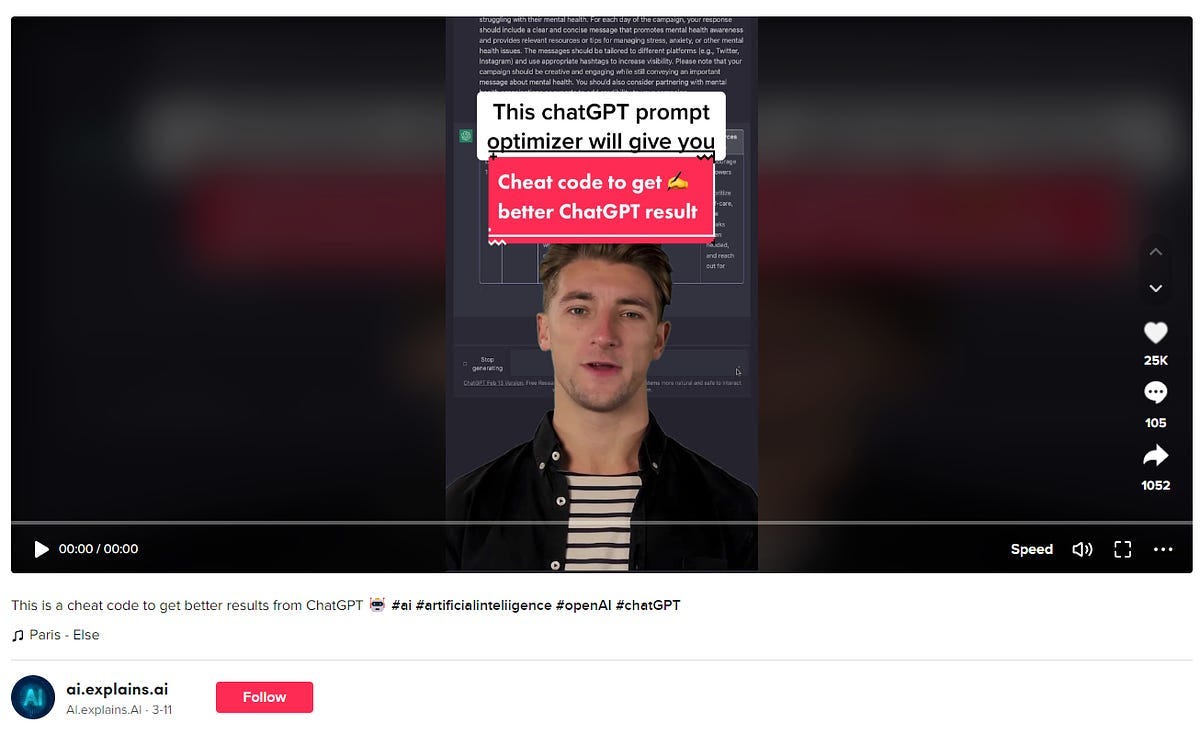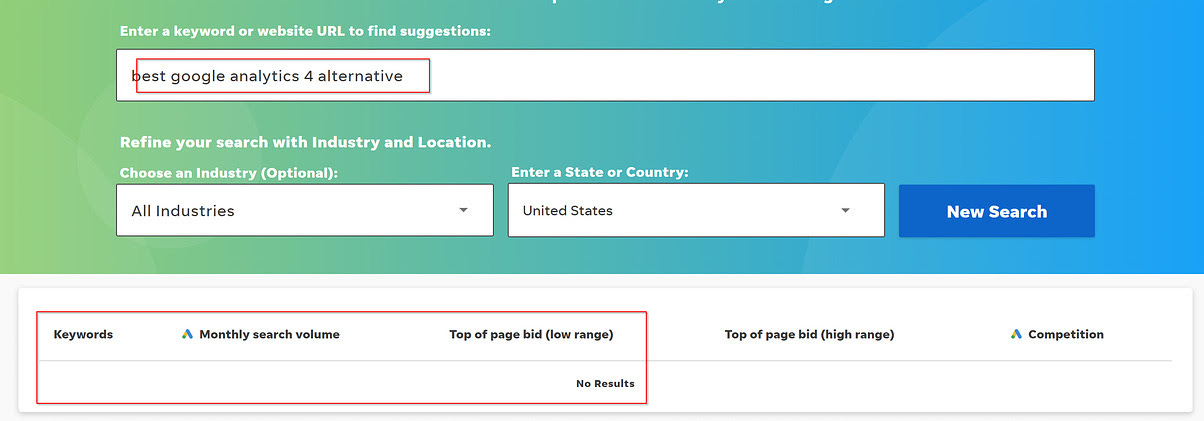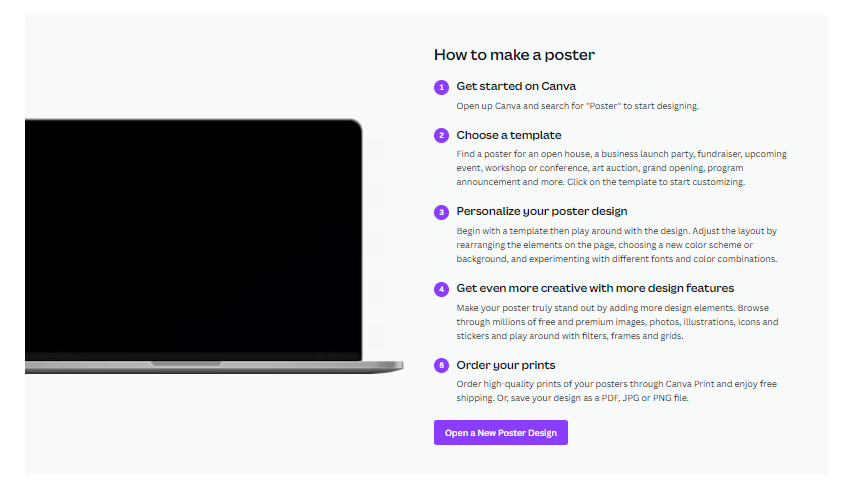3 Ways Tiktok, Adobe and Bonjoro Get Users from Organic Search
Changing pace from last season, which was about traditional marketing theories in practice, I am now starting my new mix which includes both tactics and strategy. For this post, if you are building a digital product then I hope you find it useful.
I'm a little embarrassed to say that I used to think product-led growth was an annoying buzzword. One just like ‘disruption’.
But the more I look at it, the more I realize it opens new angles on typical marketing tactics, including SEO.
It gives you options beyond the traditional SEO playbook of:
Look for the highest-traffic topics
Prioritize based on keyword value/intent
Write longer, better, faster stronger
Promote hard and build links
This week I've been looking at trying to find great examples of product lead SEO in the wild to share some specific tactics.
Here are techniques I found:
Index and gate interaction
Provide the alternative
Offer free utility
These tactics allow brands like Adobe to acquire users from terms with over 201,000 monthly volume with decent intent.
I hope these examples can give you some inspiration for how you might apply one or more of these tactics to your own products.
Here are the details.
1. Index and gate
This tactic involves creating pages that leverage user-generated content (UGC) to tackle top-of-funnel (TOFU), yet long-tail keywords. The visitor is encouraged to sign up if they want to interact with the content, such as save, comment, follow, like, etc.
For example, a document-sharing site might index a page sharing the templates created by users and require visitors to sign up in order to interact with them.
Pinterest
Here you can see my example search term “breakfast burger ideas made with avocado” is fairly specific and long-tail such that it would probably not be on the list of pages to create by a typical SEO channel manager.
Pinterest ranks well, and once a visitor lands on the page they are prompted to sign up if they want to save, comment or continue browsing.
Given that there are currently over 230 billion pins on Pinterest, this tactic has interesting potential given the massive base of UGC.
TikTok
TikTok is an interesting example because ‘best chat gpt prompts’ is a page that a brand would typically try to write and rank.
But while people are still coming to terms with the new demand for search terms like these, TikTok is already ranking by indexing the content created by their users.
Once a visitor lands, again they are locked out from commenting, liking, or following the poster without signup.
You can see that keyword volume is decent at approx. 880 per month. Not bad for leveraging UGC and no writers.
Implementation
Reflecting on this, here is my suggested outline of how you might go about implementing the tactic:
Identify suitable user-generated content. An example here could be one of my favorite products, Glasp. It is a social highlighting tool where you can highlight text on pages that get added to public summaries. With over 2 million highlights, there are likely individual summary or category pages suitable for indexing.
Optimize for the post or category. In order to rank, these pages need to have a degree of on-page optimization for certain keywords. In some cases, such as Twitter it looks as though the pages are picking up on the first line of text. Whereas TikTok optimizes a specific category page based on a popular tag.
Gate engagement. Are there elements on the page that encourage users to interact? These may be opportunities to prompt a user to register an account in order to save, comment, follow, etc.
2. Provide the alternative
This is the bread and butter of some SaaS SEOs but it is often dismissed by because of the low keyword search volume.
The technique involves writing pages that compare your product against competitors or places it alongside your competitors in a roundup list.
Typical angles include:
alternatives to {popular app}
best {apps} for {use case}
best {apps} for {persona}
best {category} tools
etc
These posts can be used when your product has a well-known competitor that you can position against, or require a lot of deliberation such that a roundup list comparing the best tools would be appropriate.
Matomo
This technique can work for the little guys.
A quick search for “alternative to Google Analytics” shows Matomo ranking on the first page, just under HubSpot:
Once I land on the page, I get a pitch for why they are the better product:
Since the search volume of 1,660+ per month is very decent for a high-intent keyword.
Implementation
This is a technique I've had direct experience with, and is pretty straightforward:
Identify competitors and product category. These will be the anchors from which you can angle your posts such as alternative to X, or best X tools for Y. As recommended by AbdulGaniy Shehu, you can ask your sales team for common competitor products.
Create quality pages. It used to be the case that you wanted to ride 20% longer than your competitor, but I think it's become clear that Having the most useful content is something that Google wants to promote long term.
Promote carefully. These pages can't easily be promoted on social media, but potentially part of retargeting campaigns to prospects. While link-building strategy changes all the time, it's likely that you will need to build at least some links to these pages, without being unnatural or going overboard.
3. Offer free utility
This is by far the coolest tactic.
Take a feature of the product and offer it for free in return for signup, or the opportunity to pitch.
For example, if you had a photo editing application, you could offer a particular filter for free. And if the user wanted to save the image, they would have to create an account.
You would need to find a balance here between what you can give away, what people want, and what will actually lead to paid conversions.
Here are some examples I found:
Canva
While I know Canva is over-used in marketing case studies, I had to include them because these guys are the most famous for doing this.
What makes them unique is that they are able to do this to tackle very high top-of-funnel keywords.
The user is not even looking for a tool at this stage, yet they may end up signing up for one.
For example, people search “how to make a poster” in Google.
Once they land on the Canva page, they learn how to do it, plus get a pitch for the product with a nice purple sign-up button.
This is definitely worth it for Canva at an eye-watering 22,200+ searches per month. And I suspect a decent % convert.
Adobe
The gold rush for ‘micro tools’ like PDF converters, monetized by ads, seems to have been noticed by Adobe who recognized this as a great opportunity to collect users.
People start by searching for a free application like “convert jpg to png”:
Smartly, rather than direct users to the application itself, they have designed the landing page to look like it has the product's functionality but at the same time, it is long enough to accommodate content and compete for rankings.
Bonjoro
Bonjoro provides a really interesting example in that this tool was created about a month ago.
The bears at the company must have realized that there was an opportunity to tap into the interest of creating videos for email signatures, that could be translated to interest in their video messaging product.
Unlike a typical landing page that has limited opportunities to click away, users landing on the Bonjoro signature generator are offered information that relates to understanding their main product as well.
Once you create your own video signature, you were given the opportunity to signup for a trial that is aligned relevantly to the thing you just created.
This particular angle on user acquisition through SEO has a great explanation on Lenny's Newsletter by Kyle Poyar . Kyle goes into depth on 'sidecar products', templates, and programmatic pages together with the math behind these. Check it out here, or his Substack Kyle Poyar’s Growth Unhinged .
Implementation
This would clearly require a greater team effort to do. As a marketer, here is how I would tackle it:
Identify keywords of interest. Knowing the different parts of your product, you could probably research the demand for particular features that could be offered for free. You may even come up with new ideas here on tangential products or features that could be created with relatively few resources.
Create a business case. Using the feature and the keyword volume, you could put a business case together based on a conversion rate assumption on the search traffic. This could be balanced against the amount of resource is required to offer the feature for free.
Get buy-in and implement. Couldn't do this by myself.
Promote. Once released, I would make sure I can promote it as much as possible on social and via ads (within a budget allocation) in order to get the data needed to prove the ROI, or identify optimizations needed to improve performance.





















